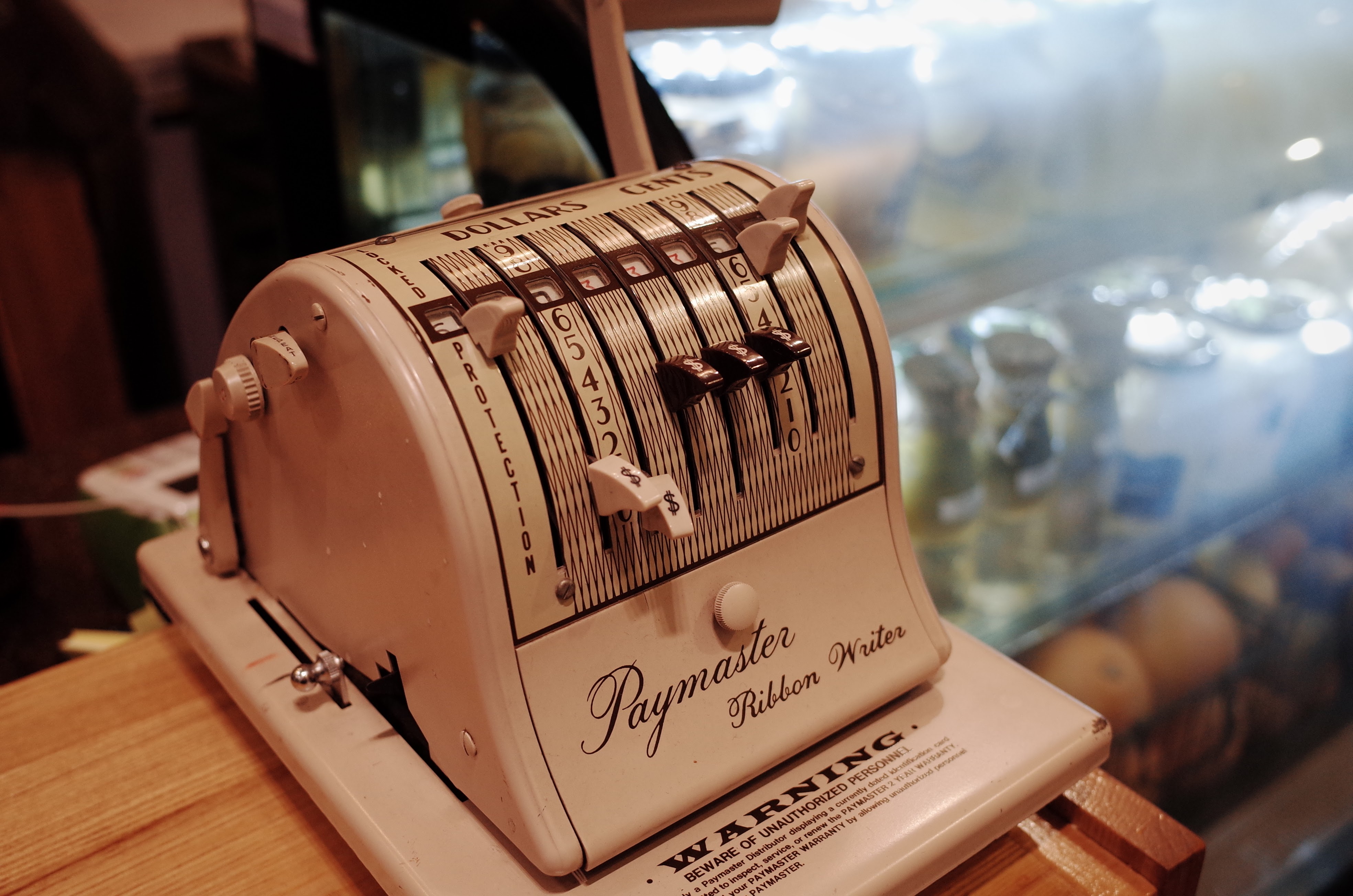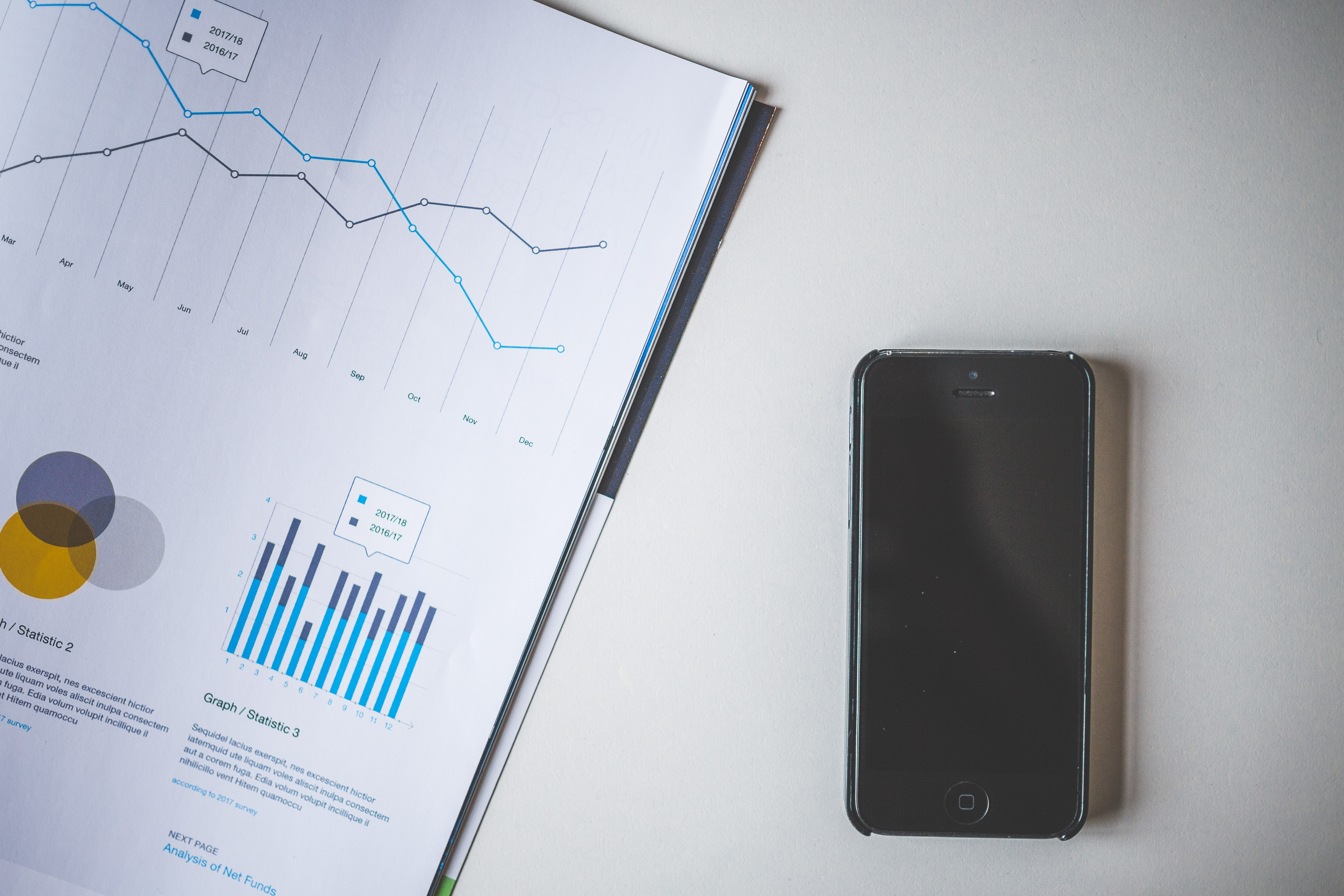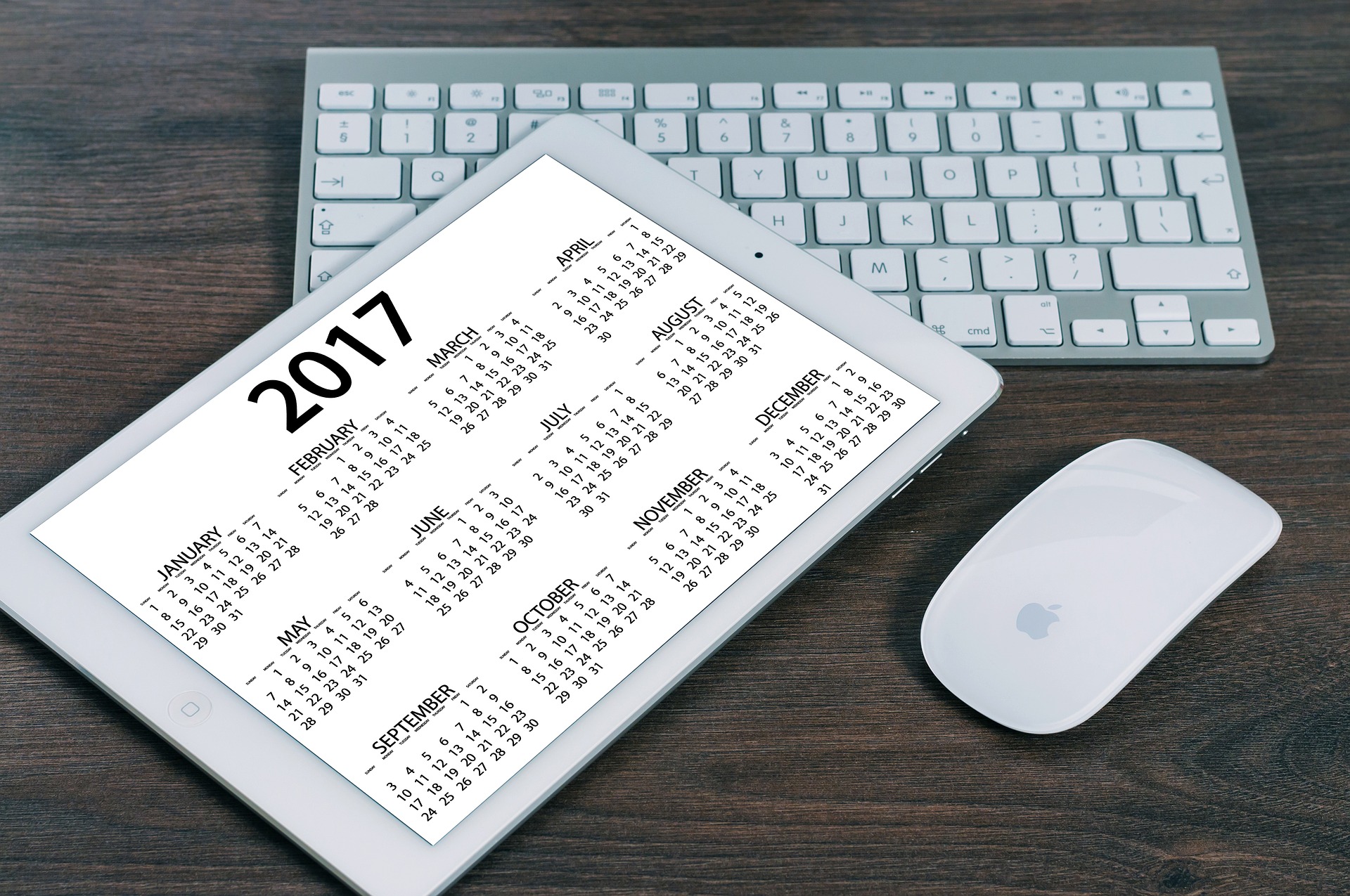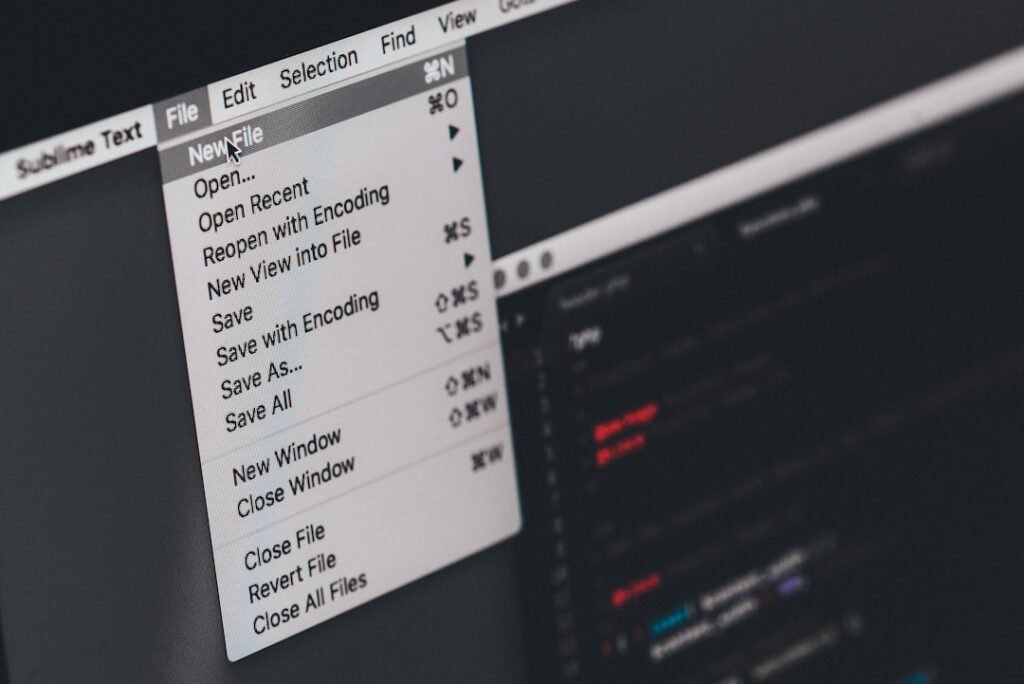Turning our passion for photography into a sustainable business is one of the most desired goals for many photographers, so learning how to price your photography services is a huge part of turning pro.
Photographers often have an opinion about working with certain clients and the frustrations that can arise from the difference between doing what they truly love and what they’re hired to do.
The main reason for this discontent is that the work they need to deliver is completely unlike what they love to do. This is why they yearn to turn their genuine passion into a sustainable business.
But for this to happen, they – we – need to correctly price our work in order for it to sell. Obviously, if we give our work away, we’ll never make our photography business sustainable. If we over-price it, we may equally struggle when trying to sell it.

Setting Your Rate as a Photographer
The best way I've found to define an hourly rate is to think about the hourly rate you earn at your day job, or, if you don’t have a daily job, at least a rate that matches your current skill level.
If you’re just starting out, it’s likely that you'll be a freelancer, so you'll probably be sacrificing some day-job hours.
If this is correct, you have to consider an opportunity rate of at least 2x the day-job hours you’re missing. Some countries don't always work with hourly rates, but with monthly salaries.
In this case, you need to take your monthly payment and divide it by 4, and then by however many hours you expect to be working in a typical week, to calculate your hourly rate.

Here are the factors you need to consider in your calculation:
- Hourly Rate
- Opportunity Cost
- Expected project expenses (from inputs to outputs)
- % of revenue that you’re willing to get above the costs
Expected expenses may include things like:

- Gear depreciation
- Transportation
- Gear rental
- Hiring a makeup artist and/or hair stylist
- Deliverables (prints, USBs, etc.)

For example, if the assignment’s expected expenses are $300.00, your hourly rate is $15.00, and you’re spending 15 hours on your entire workflow run, then your cost will be:
$300.00 + ($15.00 x 15) = $525.00
Remember to include the opportunity cost if you’re skipping day-job hours:
$300.00 + ($15.00 x 15) + ($15.00xC) = $525.00
Then you have to calculate your margin. If you charge the same price as the cost, you won’t earn any profit:
$300.00 + ($15.00 x 15) + ($15.00xC) = $525.00
Price: $525.00 * 1.35% = $708.75
Let´s round things up:
Sale Price: $715.00 + taxes
And that’s pretty much how to price your work. The thing you really need to think through is the “expected expenses” part because this is where your work must cover its own existence.
Marcel Duchamp was known to price his work in a very odd way, but it was very accurate. He counted even the smallest expenses he incurred while creating one of his works – curious, yet obvious things like the time he took seeking out his ready-mades, the coffees he drank, the cigarettes he smoked, the taxis he hoped on, etc.

The job doesn't stop there.
If you try to define a selling price, it’s because you’re about to give it to a potential client. So you're crafting a quote. And there are other elements that are important for you to know about when it comes to doing that.
These include:
- Your area of expertise: It's important to bid only on projects that are within your domain of expertise. For example, I’m a street photographer, so being part of a wedding photographer’s staff as a candid photographer is not a problem for me.
But I would never accept a job as a principal wedding photographer.
I could easily work for an NGO that wants to document a topic around agriculture, but I wouldn’t dare to offer my services as a commercial photographer for a fashion brand.Don’t get me wrong, I’m not being short-sighted here. It’s just that I’m very conscious of my own skills. - Scope of the Project: It’s also important to know the expected scope of the project. Being the photographer who simply takes the pictures is not the same thing as being hired for an entire production in which you need to handle the logistics behind clothing and make-up, for example.
- Delivery Dates: I’m a true believer in working to the clock. By that, I mean delivery dates are important to me. I always give loose rather than tight delivery dates (this is not always possible, but it you can, be casual about it).That gives me the ability to deliver earlier, and it gives a bonus value to my work.
- Payments in advance: Clients of creative workers have a bad reputation of expecting you to work for free, and we as creative individuals have the responsibility to change that bad habit.Not all clients are like this – but let’s face it, there are some really special people out there. The safest way to work a project is to have a payment in advance (a percentage for example), and this is something that you need to define in your quote.
- Resources the client needs to hand over: Remember to ask your client for all the assets you need for the project so you can work seamlessly and without any trouble.

If You’re Willing to Sell Fine Art
Today’s market is filled with collectors who are definitely more “price-conscious”, and also the offer is pretty variable when it comes to Fine Art for any purpose.
According to the art trading platform Saatchiart, subjective qualities vary from viewer to viewer, making price acceptance a tricky thing. A consistent, fact-based price structure should be formulated for pricing your work.
Bartering is Valid
I'm a true believer that any work your do as a photographer requires payment. You don't go to a doctor and expect to have a free appointment just because she or he barely looked at you and happened to give you an accurate diagnosis.
I also believe that there’s a huge difference between working for free and working for something in exchange. Let’s say you know a programmer who creates amazing websites and happens to be getting married. A very good exchange can result from this mix.
Don’t Work for “Exposure”
Many clients have a bad habit of offering you great “exposure” and endless rivers of clients if you work for them for nothing. Just don’t do it.
Freelance Calculators
Here are some great sources to help you arrive at a better number for your own rate:
Another Great Resource for Defining your Hourly Rate
To Summarize – How to Price your Photography Services
There are various business models inside the photography world, but the best formula I have found (and this is really just my own personal opinion, so I may be wrong) is to base everything on an hourly rate.
This model works at any level. At the very least, you should have a healthy price that covers all the costs related to your work.
Further Resources
- Photographers, Are You Forgetting These 4 Essential Steps Before You Seal The Deal With Your Client? by Dzvonko Petrovski
- You Should Only Show Clients Your Finest Work, Because Nothing Else Matters by Dzvonko Petrovski
- How to Deal With Demanding Clients: 5 Tips for Photographers by Dzvonko Petrovski
Further Learning
How's your post processing coming along?
Learn the fundamentals of Lightroom Editing and make your images really work for YOU by getting the best out of them.
We thoroughly recommend this fantastic course by the guys at Photography Concentrate – Super Photo Editing Skills.







4 Comments
$15 per hour? If you work a 40 per week job, that’s a bare bones living. A professional should charge at least $100 per hour, with a half day minimum. Perhaps you didn’t want to make hourly rate a point in this conversation. But that’s not helping a new photographer.
Another issue is that you are selling your vision, talent, knowledge, investment in equipment, non-billable time and expenses, and the investment in learning photography, computer’s, and digital processing. You don’t want to use time as a selling tool. You don’t want to be punching a clock. That died about 20 years ago. You can use the concept of a day rate internally to help bid, but never expose that to client. Then there is a matter of usage. That’s another conversation.
It was a random number to illustrate a calculation, not a suggestion.
Your calculation of hourly rate is off because there are more than 4 weeks in each month. If you get paid monthly at your “day job” then you should be multiplying that number by 12 (months in the year) to get a yearly amount and then dividing by 52 (weeks in the year) to get a weekly amount and then dividing by 40 (working hours in the week) to get an hourly rate. Or if you get paid every 2 weeks, then start off by multiplying by 26 (pay periods in the year) and then dividing by 52 etc.
I think you should also throw https://www.contractrates.fyi/Photographer/hourly-rates into the mix. With that site, if you’re unsure of what to charge, you can just see what others are charging.